Christmas in the Dominican Republic is a time of joyous gatherings and, most importantly, a celebration of traditional flavors. As families come together, the air fills with the aroma of delicious dishes that have been passed down through generations.
This article takes you on a culinary journey through the most cherished foods that define a Dominican Christmas. From the succulent Puerco Asado to the sweet Jalea de Batata, each recipe tells a story of culture, family, and festivity.
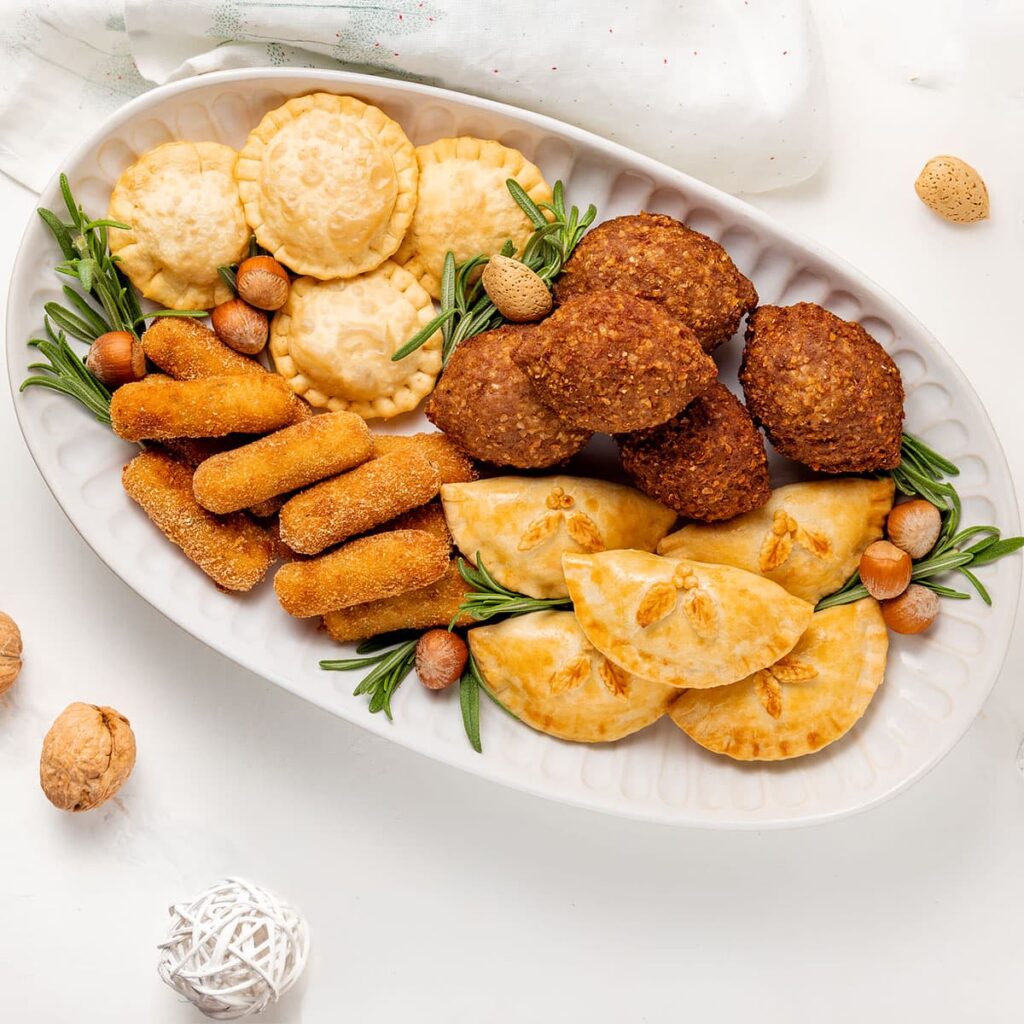
Join us as we explore what food does Dominican Republic eat on Christmas.
What food does Dominican Republic eat on Christmas?
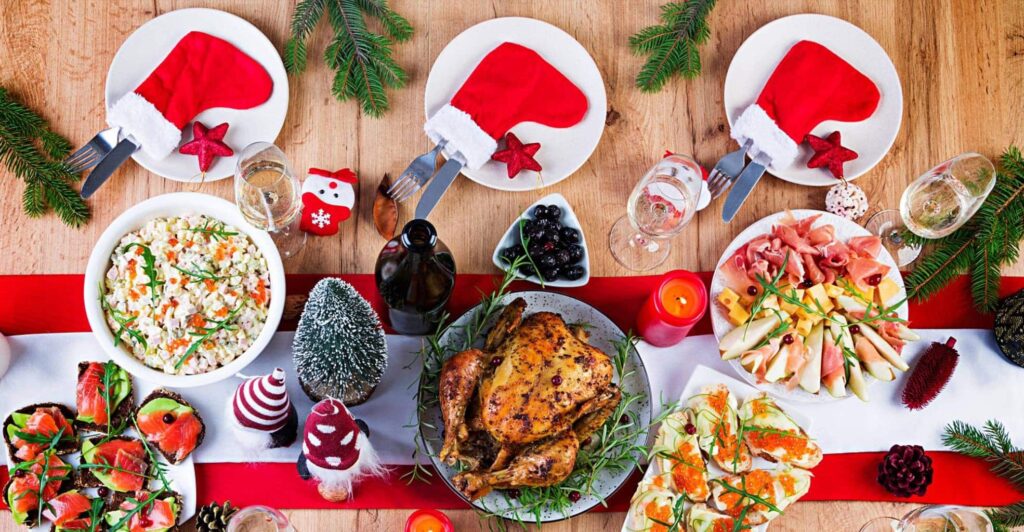
Starting with Christmas Appetizers The holiday season in the Dominican Republic begins with a tantalizing array of appetizers that set the stage for the festive meal to come. These starters are not only a treat for the palate but also embody the warmth and joy of the season.
Pastelitos y Quipes: The Quintessential Starters
As family and friends gather, the table is graced with pastelitos and quipes. Pastelitos, the Dominican version of empanadas, are delightful pastry pockets filled with a variety of ingredients, such as seasoned ground beef, chicken, or cheese. Their flaky crust and savory filling make them an irresistible start to any meal.
Quipes, on the other hand, are a nod to the Middle Eastern influence on Dominican cuisine. These bulgur wheat croquettes are typically stuffed with minced meat, onions, and an array of spices, offering a crunchy exterior and a burst of flavor with every bite.

Telera Bread: The Seasonal Staple
No Dominican Christmas feast is complete without telera, a soft, round bread that is a staple during the holidays. It’s often enjoyed with the main course, but it’s not uncommon to see it served with appetizers, acting as the perfect vehicle for scooping up dips or complementing the starters.
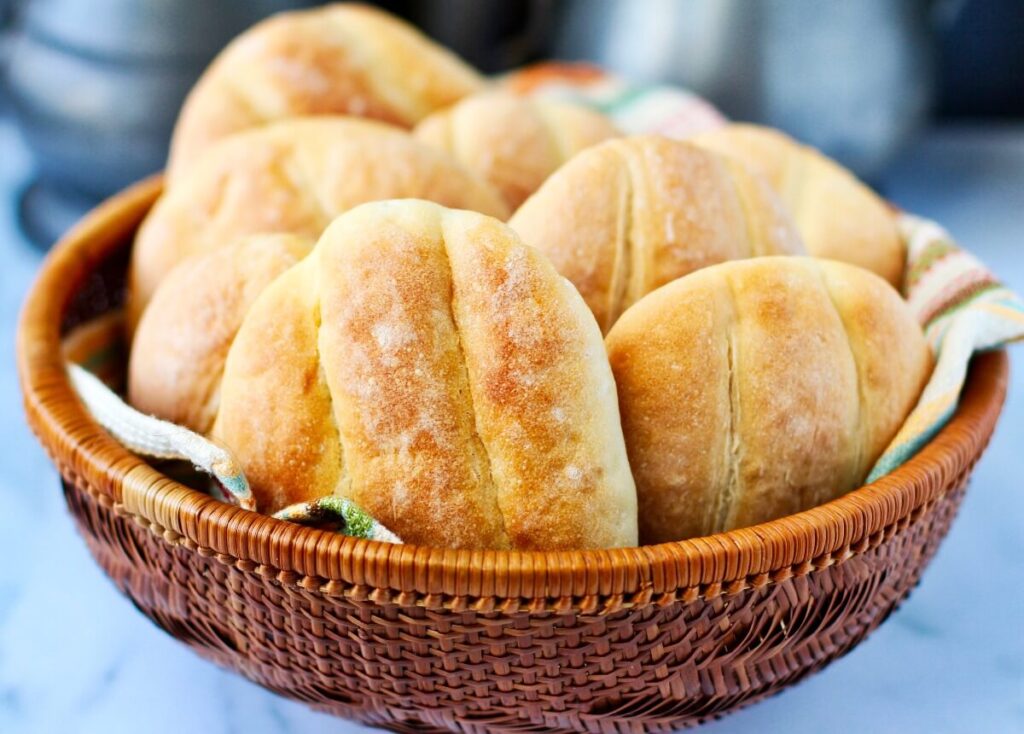
Main Dishes
Puerco Asado: The Star of the Show
The centerpiece of the Nochebuena (Christmas Eve) meal is undoubtedly the puerco asado. This roasted pork dish is marinated in a blend of Dominican spices, garlic, sour orange juice, and herbs, then slow-roasted until it achieves a perfect golden-brown crust. The meat is succulent and flavorful, with a tenderness that melts in your mouth.

Moro de Guandules with Rice: A Must-Have Side
Accompanying the puerco asado is the essential moro de guandules con arroz. This dish combines rice with pigeon peas, coconut milk, and a sofrito of tomatoes, bell peppers, and cilantro. It’s a hearty and comforting side that complements the richness of the roasted pork.
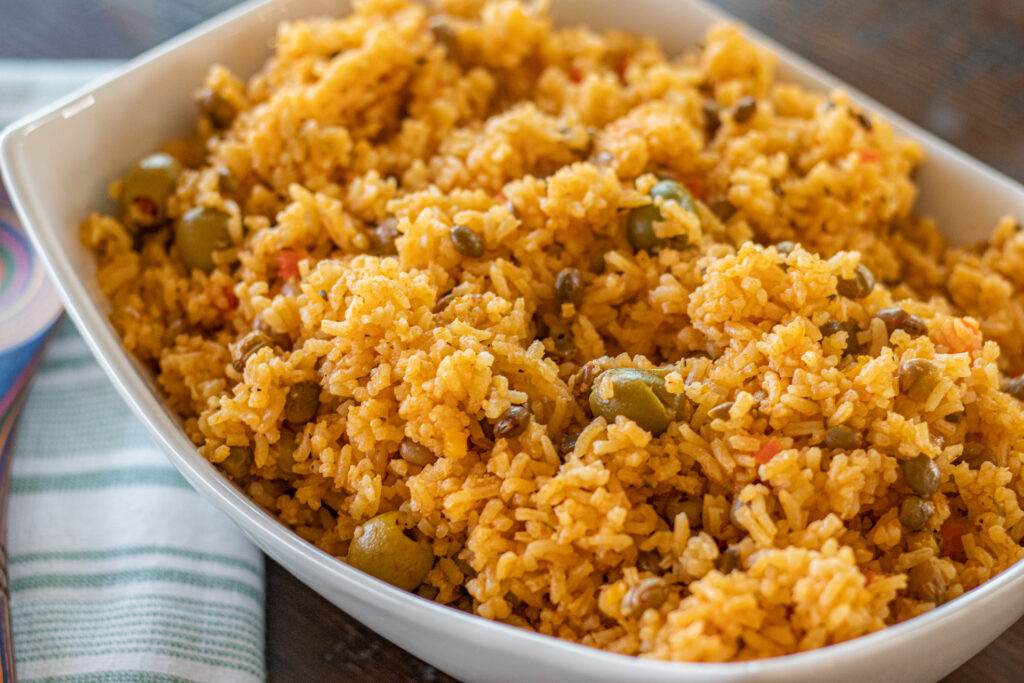
Ensalada Rusa: A Festive Potato Salad
To balance the hearty meats, ensalada rusa is served. This Dominican potato salad is a colorful medley of potatoes, carrots, peas, and sometimes beets, all tossed in a creamy mayonnaise dressing.
It’s a refreshing contrast to the warm dishes and adds a pop of color to the Christmas table.
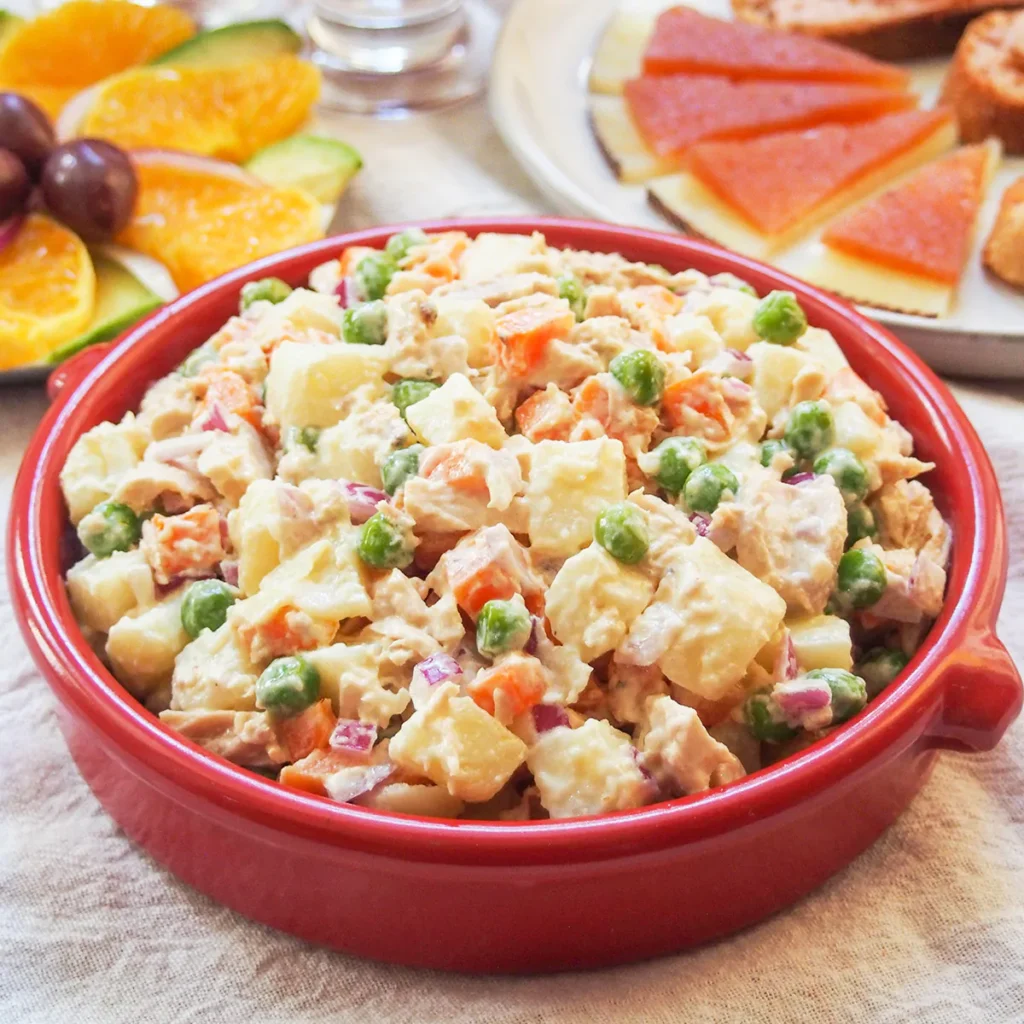
Desserts and Sweets
As the Christmas feast in the Dominican Republic draws to a close, the time comes to indulge in the array of desserts and sweets that are as much a part of the celebration as the main courses. These treats are not just confections; they are the embodiment of holiday cheer and Dominican tradition.
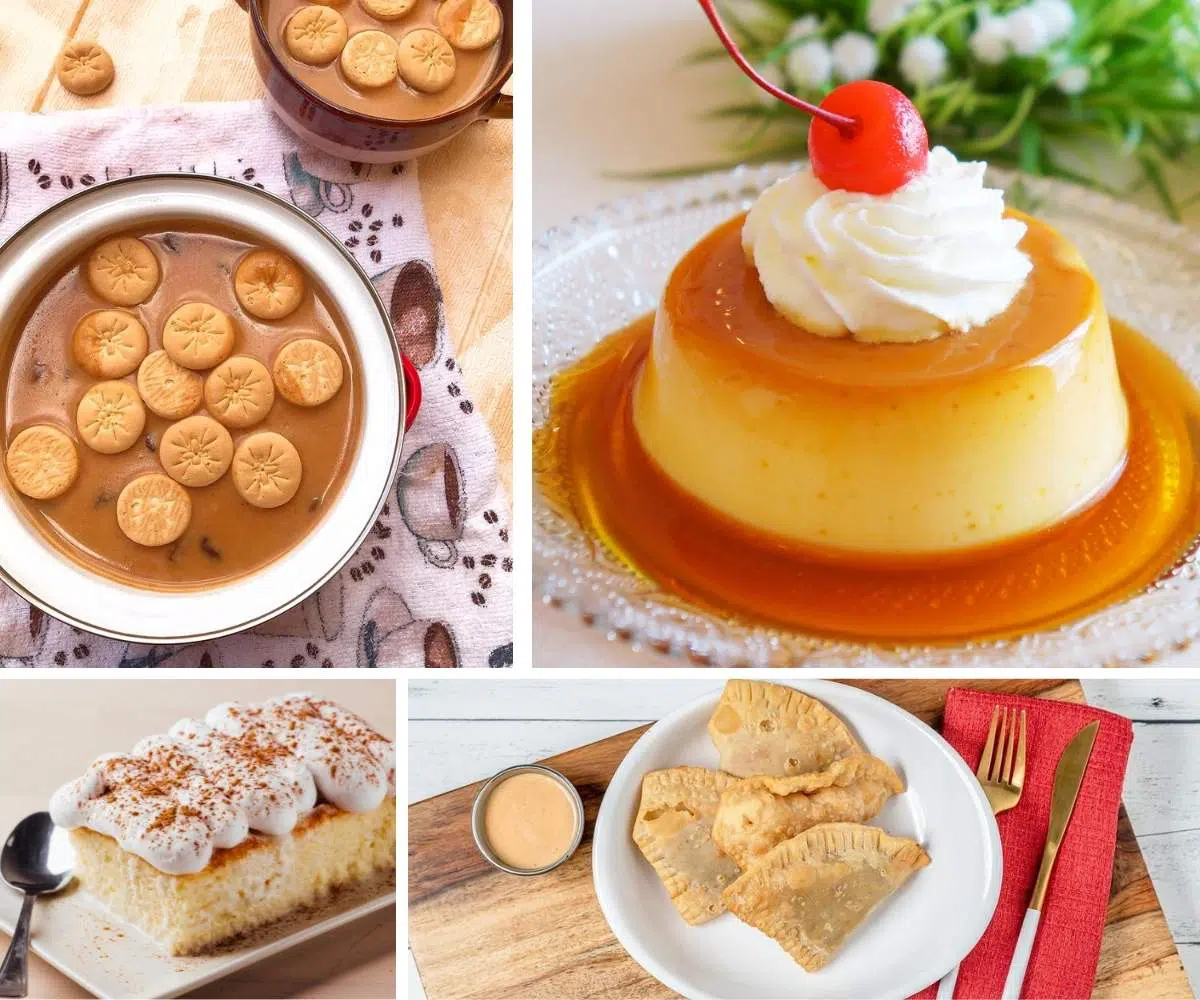
Jalea de Batata and Pudding: Traditional Treats
One of the most beloved desserts is Jalea de Batata, a sweet potato jelly that is rich in texture and flavor. Made from locally grown sweet potatoes, this jelly is infused with cinnamon, clove, and ginger, offering a warm and spicy note that perfectly complements the cool December nights.
Another classic is the Dominican Christmas pudding, a dense, moist cake made with rum-soaked fruits, nuts, and spices. This hearty dessert is often the centerpiece of the Christmas dessert table, with its deep flavors and festive presentation.
Turrón: A Sweet Spanish Influence
No Dominican Christmas would be complete without Turrón, a confection that hails from Spain but has found a special place in the hearts of Dominicans during the holidays. This nougat-like treat comes in various flavors, including almond, honey, and chocolate, and is a favorite among both adults and children.
Christmas Fruits and Nuts
The celebration of Christmas in the Dominican Republic is not only about the savory dishes and sweet desserts but also about the tradition of sharing fruits and nuts, which are symbols of prosperity and good fortune.
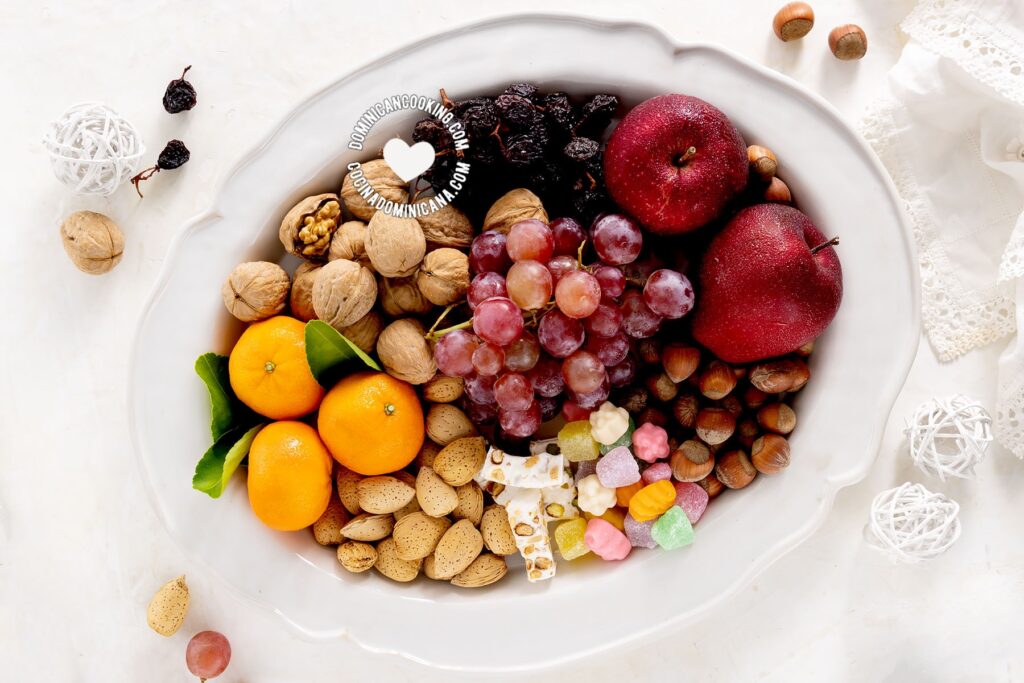
Tropical Fruits: A Bounty of Freshness
The Dominican Republic, blessed with a tropical climate, offers an abundance of fresh fruits during the Christmas season. Mangos, pineapples, bananas, and coconuts are just a few of the fruits that add a natural sweetness and a refreshing touch to the holiday spread. These fruits are often enjoyed on their own or used to create vibrant fruit salads that provide a light and healthy counterpoint to rich holiday meals.
Nuts: A Crunchy Delight
Nuts are another essential part of the Dominican Christmas tradition. Almonds, peanuts, and cashews are popular choices that are either roasted or candied and served as a snack or used as ingredients in various holiday recipes. They offer a satisfying crunch and are believed to bring good luck for the coming year.
Dried Fruits: A Sweet Tradition
Dried fruits, such as raisins, dates, and prunes, are also a staple during the festive season. They are commonly used in baking, adding a concentrated burst of sweetness to cakes, breads, and other confections. Their chewy texture and rich flavors make them a favorite among both children and adults.
The tradition of sharing fruits and nuts is deeply rooted in the Dominican culture, symbolizing the sharing of nature’s gifts and the hope for a fruitful new year. As families and friends come together to celebrate, these simple yet meaningful offerings remind everyone of the sweetness of life and the joy of the season.
Final Analysis
So, as we wrap up our exploration of “What food does the Dominican Republic eat on Christmas,” we reflect on the vibrant traditions that make this holiday so special. The dishes we’ve shared are more than just recipes; they are a testament to the Dominican spirit of community, family, and celebration.
The Christmas feast, rich with flavors of puerco asado and sweetened by jalea de batata, is a time when families come together to share not only a meal but also stories, laughter, and love. It’s a time when generational recipes are passed down, and new memories are created around the dinner table.
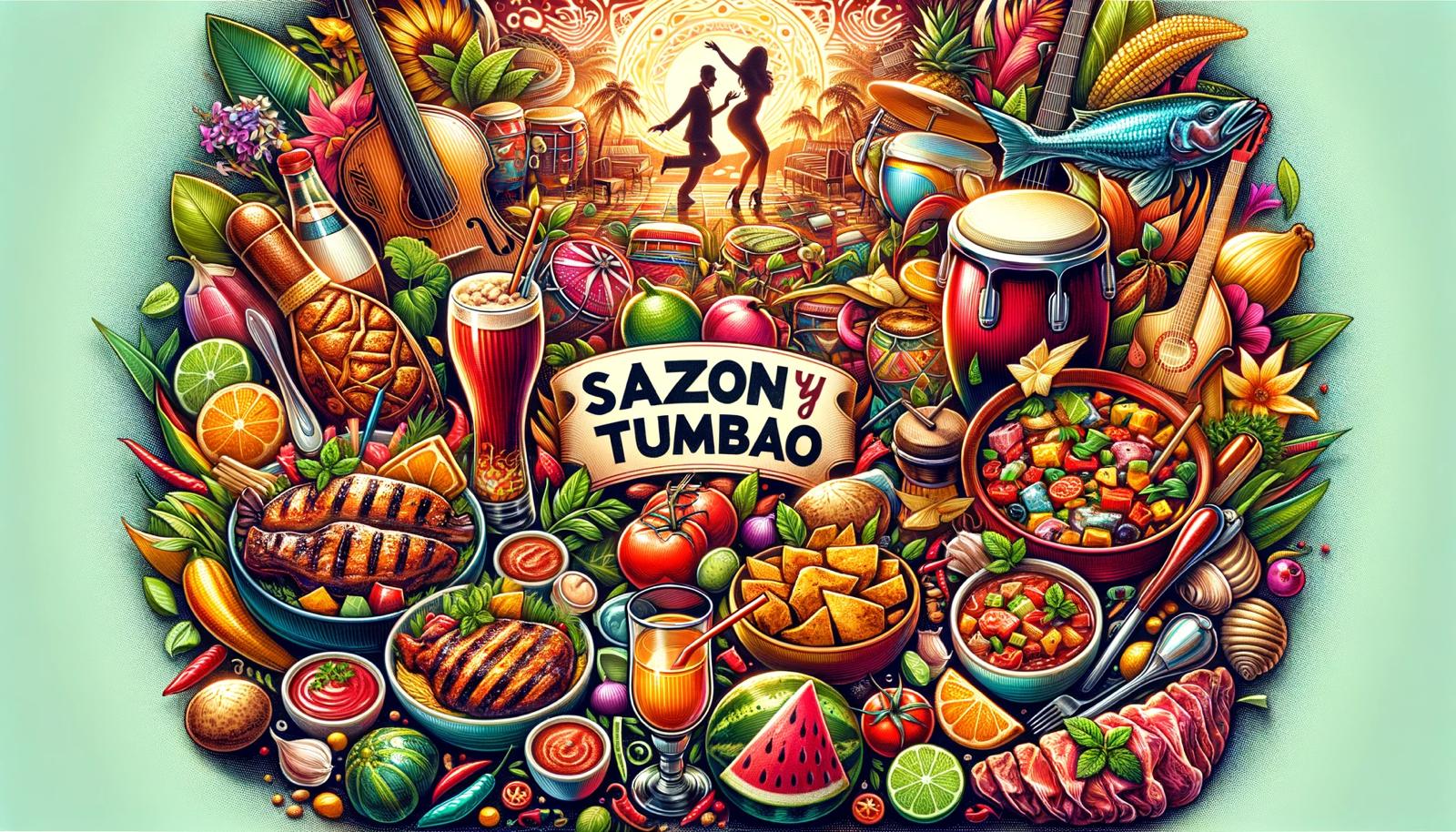
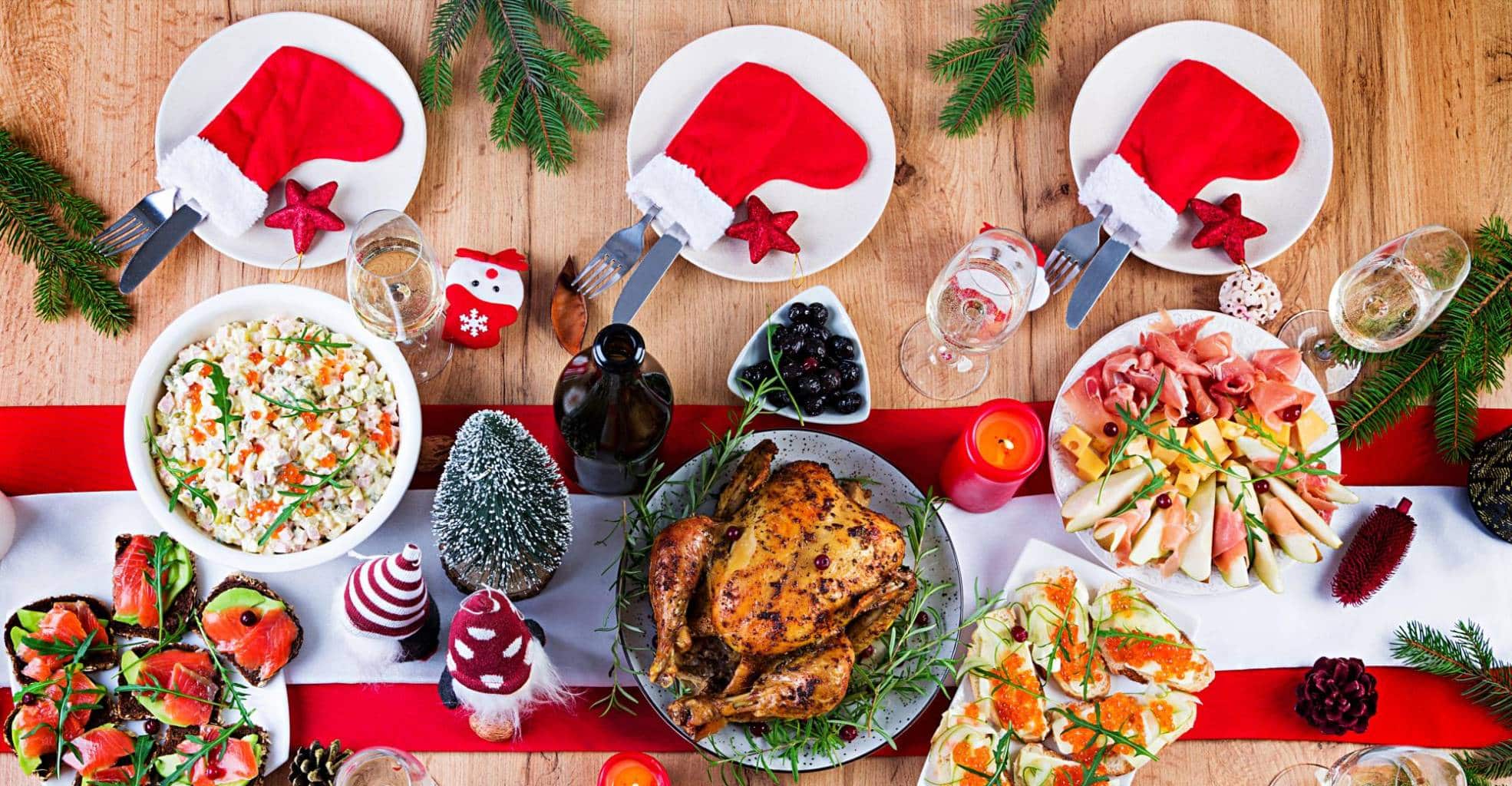
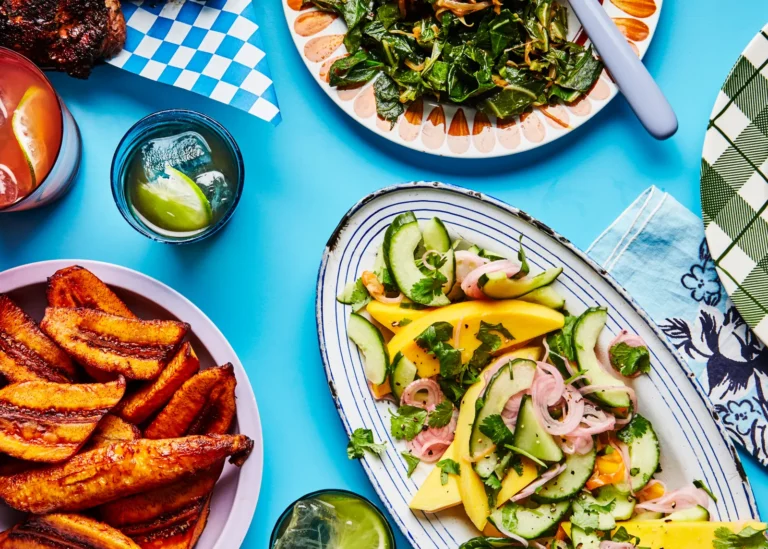
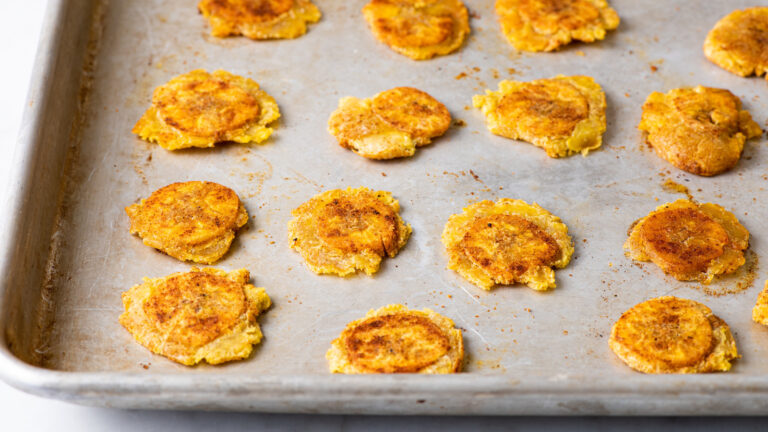

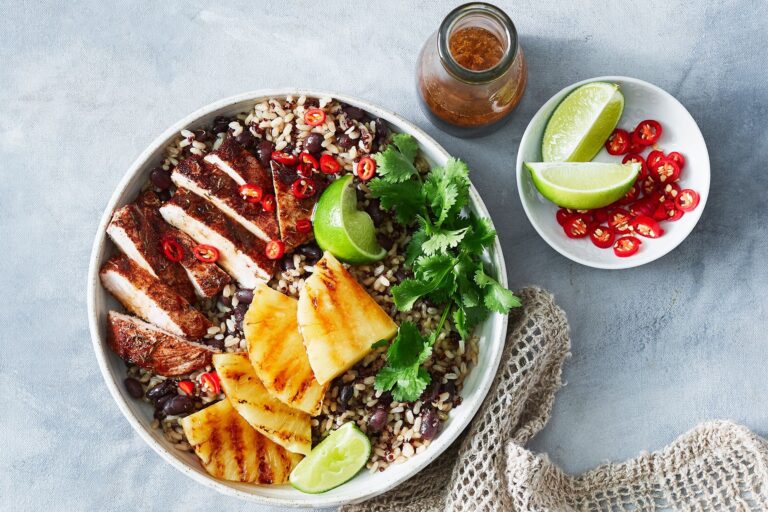

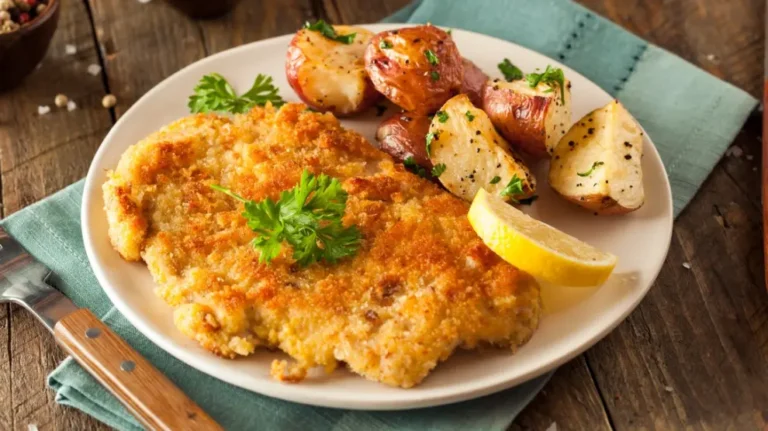
One Comment